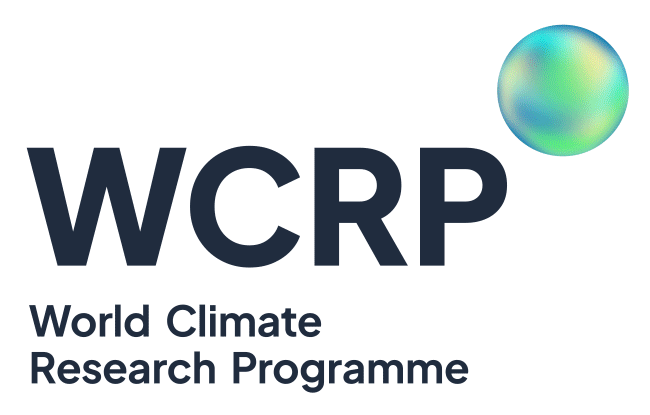- Co-Chairs:
This email address is being protected from spambots. You need JavaScript enabled to view it. andThis email address is being protected from spambots. You need JavaScript enabled to view it.
- Data Request Contact:
This email address is being protected from spambots. You need JavaScript enabled to view it.
- Summary: - The Paleoclimate Modelling Intercomparison Project (PMIP) was established in the 1990s (Joussaume and Taylor, 1995) to understand the response of the climate system to different climate forcings and feedbacks. Through comparison with observations of the environmental impact of these climate changes, or with climate reconstructions based on physical, chemical or biological records, PMIP also addresses the issue of how well state-of-the-art numerical models simulate climate change. To achieve these goals, PMIP has actively fostered paleoclimatic data syntheses, model-data comparisons and multi-model analyses. PMIP also provides a forum for discussion of experimental design and appropriate techniques for comparing model results with paleoclimatic reconstructions. Five different periods have been designed to contribute to the objectives of the sixth phase of the Coupled Model Intercomparison Project (CMIP6) : the millennium prior to the industrial epoch (past1000), the mid-Holocene, 6,000 years ago (midHolocene); the Last Glacial Maximum, 21,000 years ago (lgm); the Last Interglacial, 127,000 years ago (lig127k) and mPWP, the mid-Pliocene Warm Period, 3.2 million years ago (midPliocene-eoi400). These climatic periods are well documented by paleoclimatic and paleoenvironmental records, with climate and environmental changes relevant for the study and projections of future climate changes. Analyses of the individual periods, across all the periods and comparisons with other CMIP6 simulations, will allow examination of relationships between forcings of different nature and amplitude and climate responses, and comparison of the processes involved in these responses. New foci will be put on the role of the ice-sheet and of its feedbacks with the atmospheric and oceanic circulation, including sea-ice. The evolution of internnual variability in the past is also expected to provide some clues on the linkages between mean climate and climate variability.
- Website: PMIP global website is under construction. https://pmip.lsce.ipsl.fr/, but you can access the information on PMIP4 through this page.
- Mailing list: if you are interested in participating in this MIP, please register on PMIP mailing lists in sending an email to
This email address is being protected from spambots. You need JavaScript enabled to view it. or toThis email address is being protected from spambots. You need JavaScript enabled to view it. You can also contact the coordinator of the different PMIP MIPs and working groups to join specific PMIP activities (http://pmip3.lsce.ipsl.fr/groups.shtml)
- Reference: Kageyama, M., Braconnot, P., Harrison, S. P., Haywood, A. M., Jungclaus, J., Otto-Bliesner, B. L., Peterschmitt, J.-Y., Abe-Ouchi, A., Albani, S., Bartlein, P. J., Brierley, C., Crucifix, M., Dolan, A., Fernandez-Donado, L., Fischer, H., Hopcroft, P. O., Ivanovic, R. F., Lambert, F., Lunt, D. J., Mahowald, N. M., Peltier, W. R., Phipps, S. J., Roche, D. M., Schmidt, G. A., Tarasov, L., Valdes, P. J., Zhang, Q., and Zhou, T.: PMIP4-CMIP6: the contribution of the Paleoclimate Modelling Intercomparison Project to CMIP6, Geosci. Model Dev. Discuss., doi:10.5194/gmd-2016-106, in review, 2016.

